Many people want easy and tasty lunch ideas that won’t overload them with carbs but still keep them full and satisfied. Low carb lunches are a great way to stay energized through the afternoon without the slump that comes after heavy meals.
Low carb lunch options often include simple, quick recipes like salads, wraps, and bowls filled with protein and fresh veggies. These meals can be made ahead of time or whipped up fast, making them perfect for busy workdays.
With a little variety and creativity, low carb lunches don’t have to be boring or hard to prepare. They can be flavorful, healthy, and enjoyable every day.
Essential Low Carb Lunch Principles
Low carb lunches work best when meals are balanced, use the right ingredients, and avoid common mistakes. These points help make lunches that satisfy hunger, taste good, and support a low carb lifestyle.
Macronutrient Breakdown
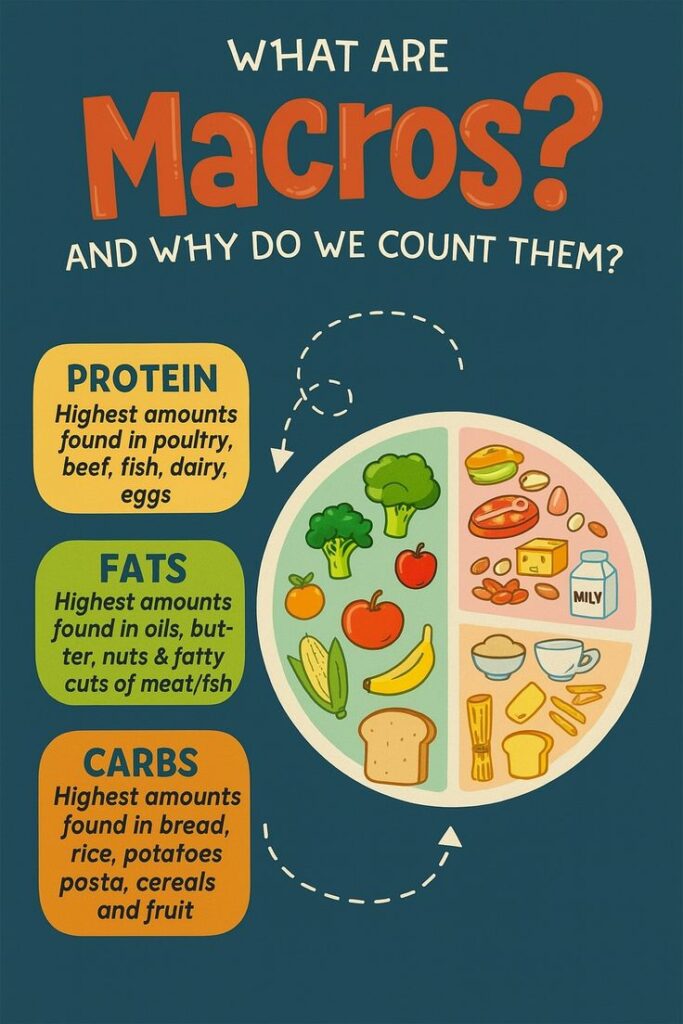
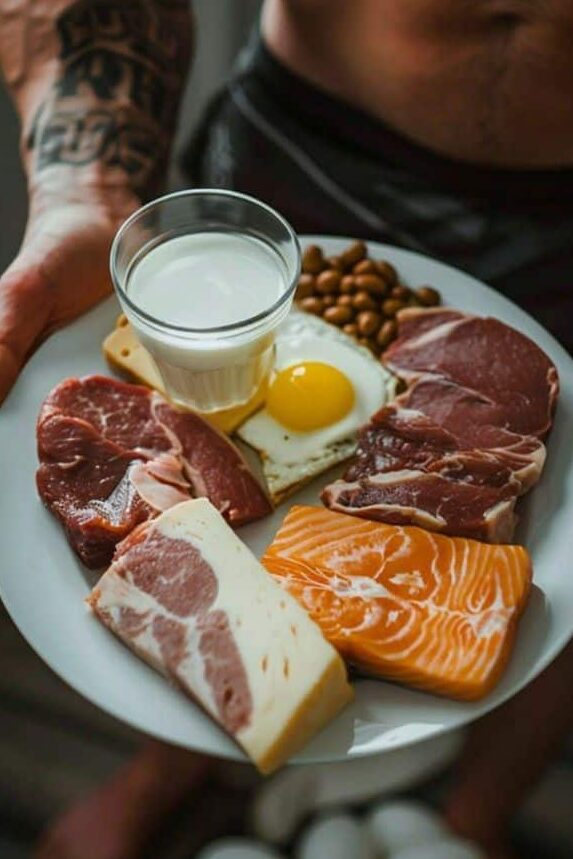
A low carb lunch usually focuses on reducing carbohydrates but still includes enough protein and fats. Protein helps to keep a person full and supports muscle health. Healthy fats provide energy and improve flavor.
A good rule of thumb is to aim for:
- Carbs: 15 grams or less
- Protein: Moderate amount, about 20-30 grams
- Fats: Enough to keep the meal satisfying but not greasy
Fiber-rich vegetables can add volume without many carbs. Balancing these helps steady blood sugar and prevents snacking later.
Choosing the Right Ingredients
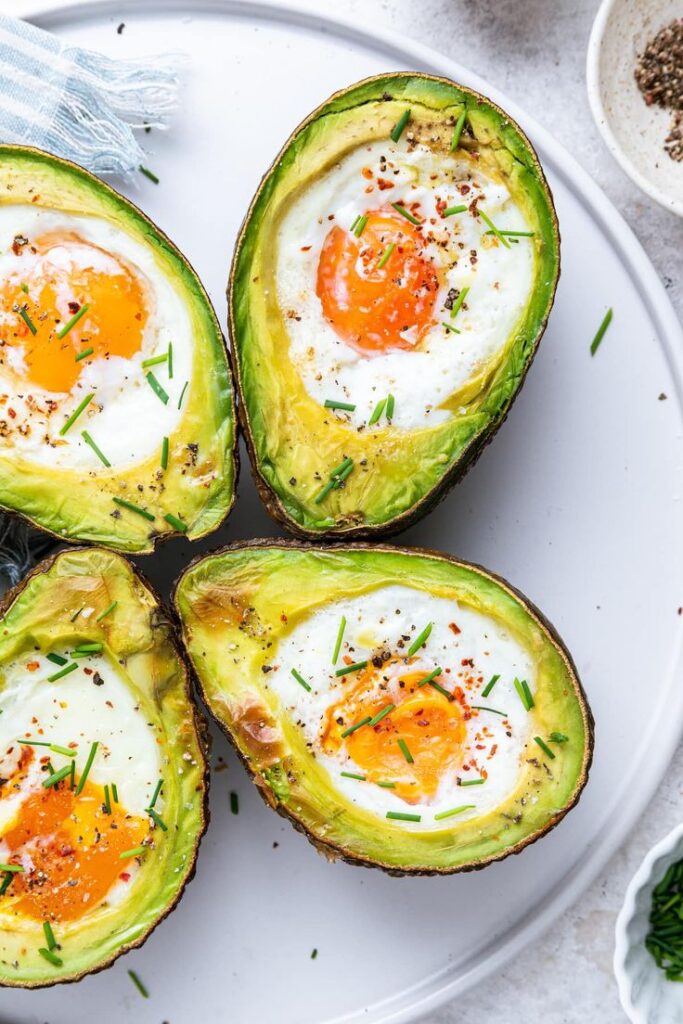
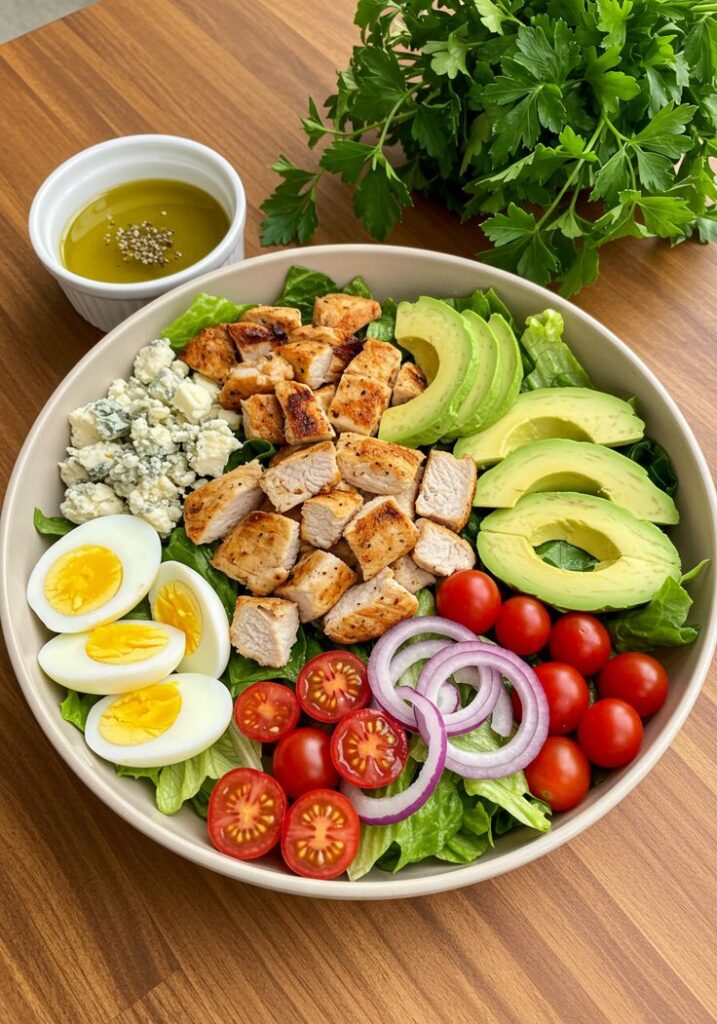
The best ingredients for low carb lunches are whole, natural foods. They include:
- Lean meats like chicken, turkey, and fish
- Eggs and dairy like cheese or Greek yogurt
- Non-starchy vegetables such as spinach, broccoli, and peppers
- Healthy fats like avocado, olive oil, and nuts
Avoid processed foods with hidden sugars. Using fresh herbs and spices can add flavor without carbs. Planning meals with these ingredients makes lunch both nutritious and tasty.
Common Low Carb Mistakes
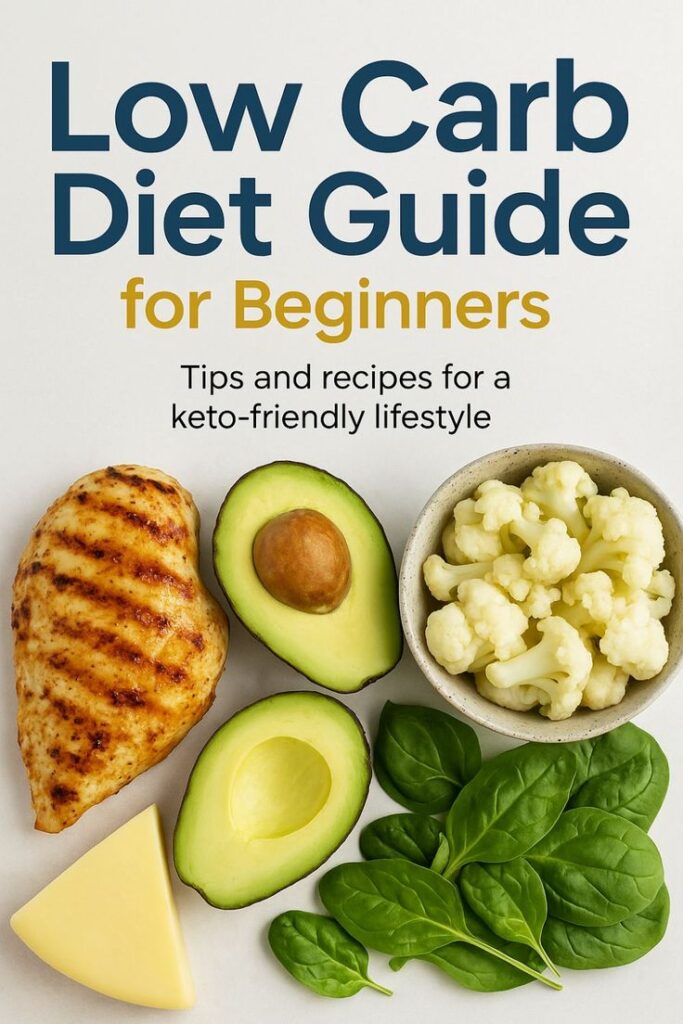
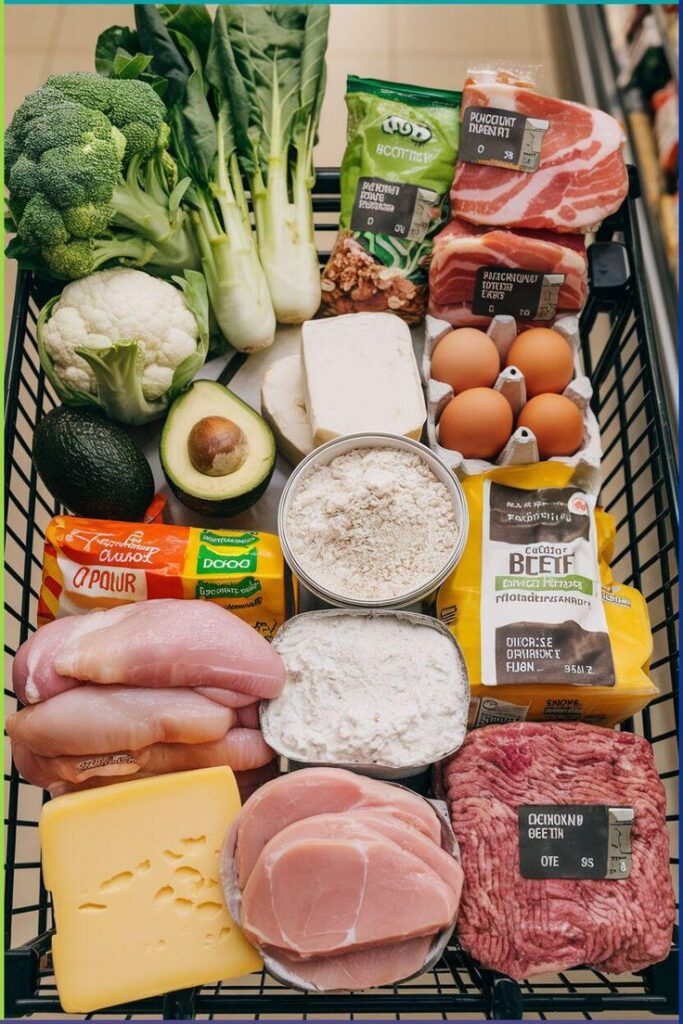
People often make a few mistakes when starting low carb lunches. One common error is cutting carbs too much, which can leave them feeling tired or weak. It’s important to include some fiber and micronutrients from vegetables.
Another mistake is relying too heavily on fatty meats or cheeses, which can add too many calories. Skipping veggies leads to lower fiber intake, making digestion harder.
Lastly, forgetting to drink enough water can cause dehydration or low energy since low carb diets can have a diuretic effect. Paying attention to these helps keep low carb lunches healthy and effective.
Easy Low Carb Lunch Ideas
Low carb lunches can be both quick and flavorful. Using fresh vegetables, lean proteins, and healthy fats helps keep meals satisfying without extra carbs. These ideas focus on simple prep and tasty combinations that fit a low-carb lifestyle.
Salad Creations
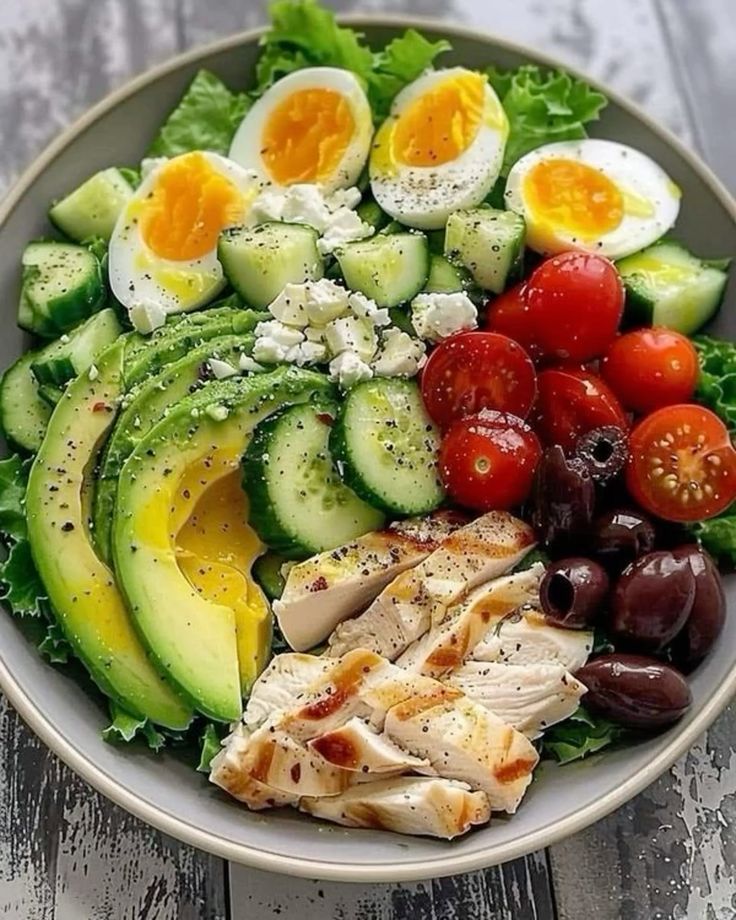

Salads are perfect for low carb lunches because they are easy to customize and fill with nutrient-rich ingredients. Using leafy greens like spinach or arugula as a base adds fiber without many carbs.
Adding proteins such as grilled chicken, hard-boiled eggs, or canned tuna boosts satiety. Healthy fats like avocado slices or olive oil-based dressings help keep energy levels steady.
For variety, mixing in nuts, seeds, and low-carb veggies like cucumbers, radishes, or bell peppers adds crunch and flavor. A salad with fresh mozzarella, tomatoes, and basil is a tasty option that stays low in carbs.
Lettuce Wrap Recipes
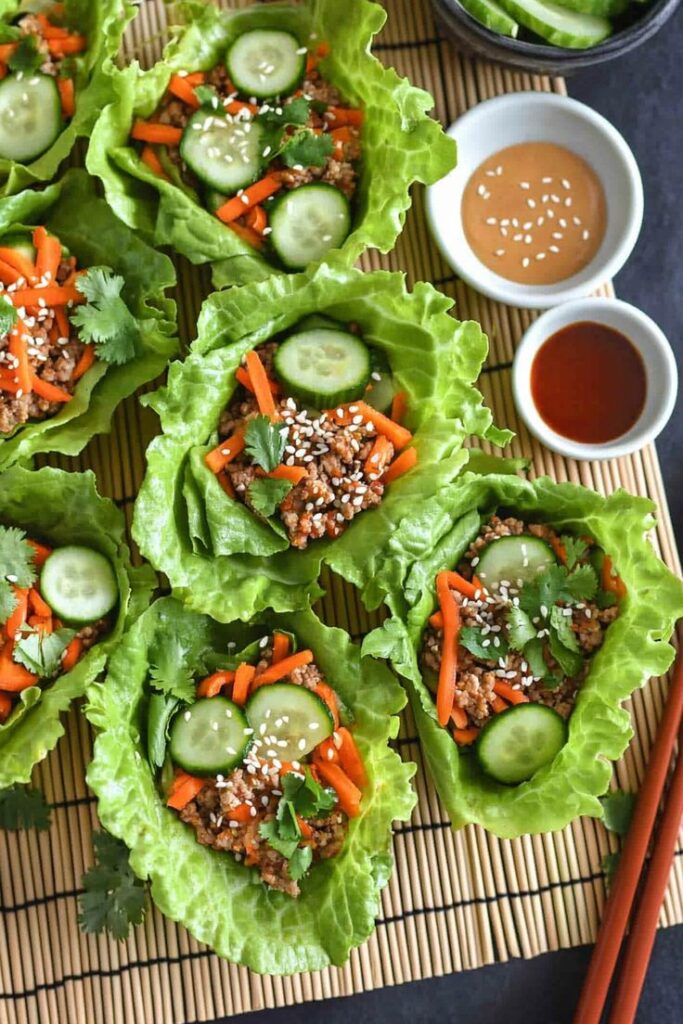
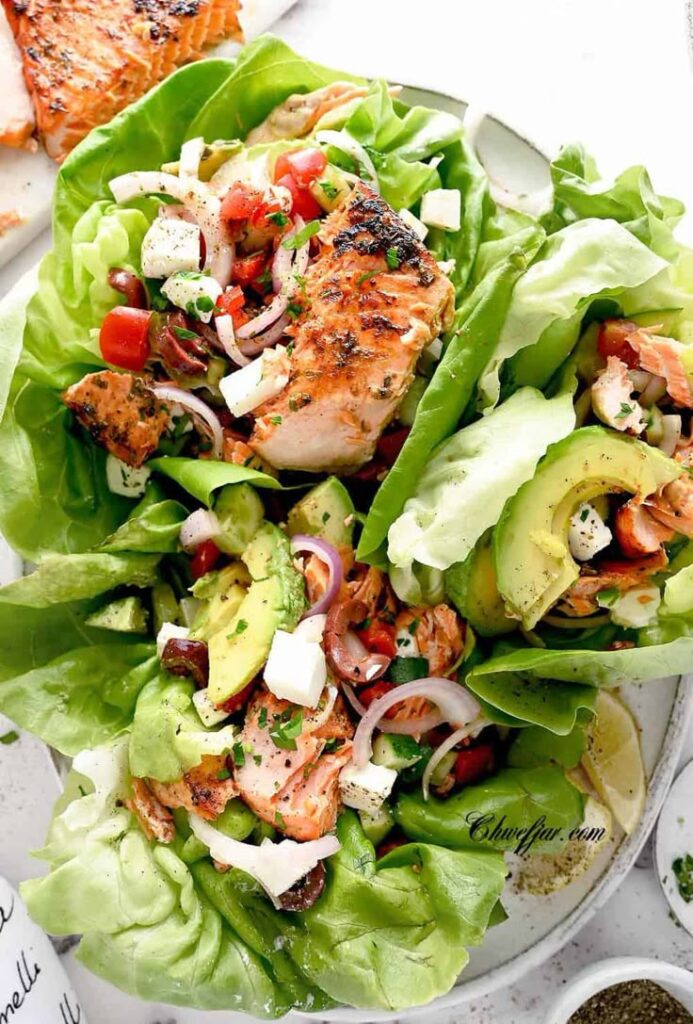
Lettuce wraps are a great way to enjoy sandwiches or tacos without bread. Large leaves of romaine, butter lettuce, or iceberg work well as wraps because they are sturdy and low in carbs.
Filling ideas include ground turkey or beef cooked with seasonings, shredded chicken mixed with a little mayo, or tofu paired with crunchy veggies. Spices, herbs, and sauces like mustard or hot sauce add flavor without adding carbs.
These wraps are easy to pack for work or school and don’t require reheating. They combine protein and fiber for a filling meal that stays light and low on carbs.
Low Carb Bowls
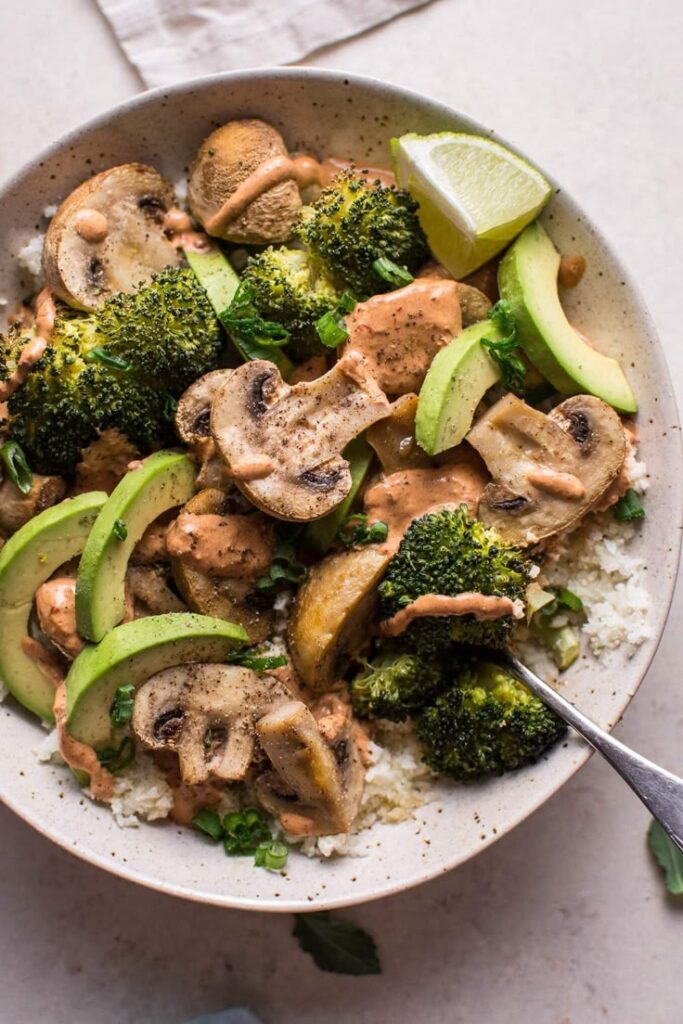
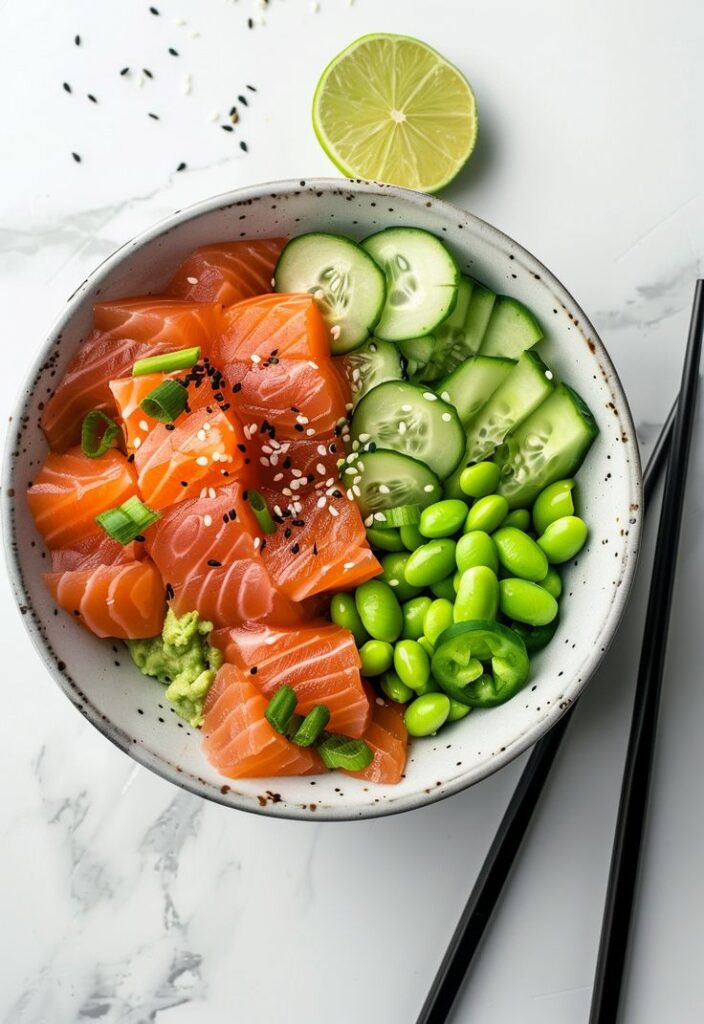
Low carb bowls mix proteins, vegetables, and fats in one container. They are versatile and can be adjusted to different tastes.
Start with a protein like grilled shrimp, steak, or tofu. Add low-carb veggies such as sautéed zucchini, roasted cauliflower, or steamed broccoli. Top with healthy fats like avocado, olives, or a drizzle of olive oil.
Season with salt, pepper, fresh herbs, or a squeeze of lemon to brighten flavors. Low carb bowls offer a balanced meal that’s easy to prepare in advance and enjoy anywhere.
Low Carb Meal Prep Strategies
Planning and preparing meals ahead can save time and reduce stress during busy days. Choosing the right cooking methods, packing meals efficiently, and storing them properly are key to keeping lunches fresh and low in carbs.
Batch Cooking Tips
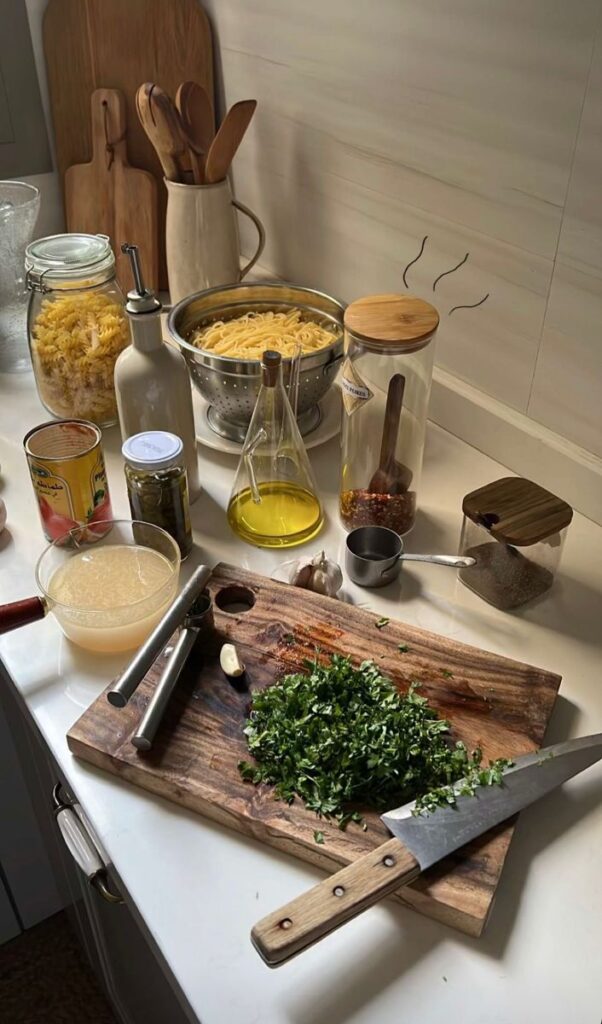
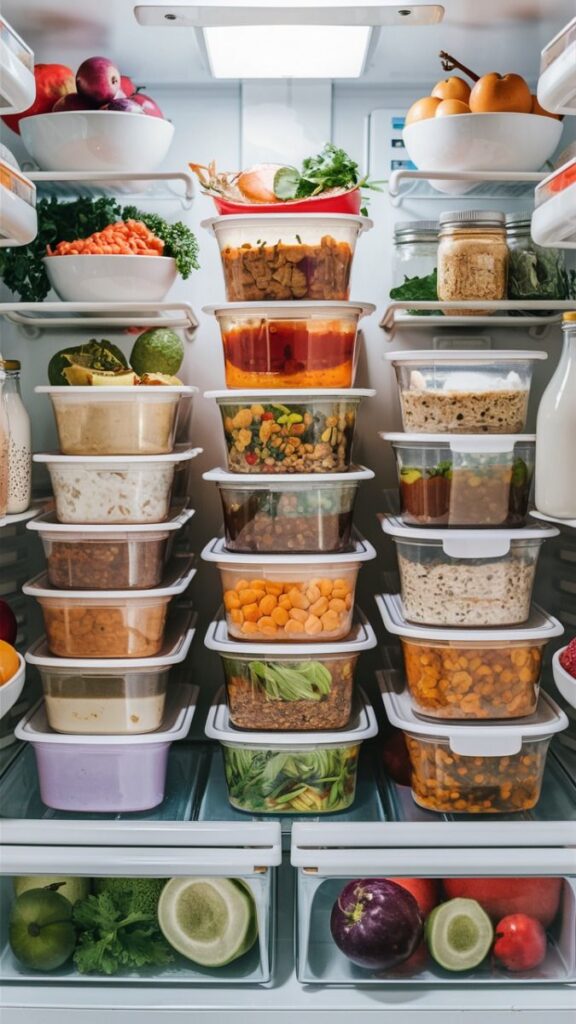
Batch cooking means making large portions of low-carb dishes that can be divided into several meals. It works well with proteins like chicken, beef, or fish, and vegetables such as broccoli, cauliflower, and spinach.
To get started, focus on recipes that hold up well in the fridge or freezer, like roasted meats or egg muffins. Using slow cookers or instant pots helps save time. Cooking once and eating multiple times cuts down on daily cooking.
Organize meals by portioning into containers immediately after cooking. Labeling containers with dates helps keep track of freshness. Including a mix of protein and fiber-rich veggies ensures the meals stay satisfying.
Make-Ahead Lunch Boxes
Prepare complete low-carb lunches in advance to grab and go. Choose meals that don’t require reheating, like salads with grilled chicken, lettuce wraps, or tuna salad.
Use divided lunch containers to keep dressings and crunchy veggies separate until mealtime. This keeps everything fresh and prevents sogginess. Adding nuts or cheese adds flavor and healthy fats without the carbs.
She can vary ingredients weekly to avoid boredom. Rotating proteins and vegetables keeps lunches interesting and nutrient-packed. Simple additions like guacamole or pickles make meals tastier without extra carbs.
Storing and Reheating
Proper storage is crucial to maintain taste and safety. Low-carb meals should be cooled before sealing containers to avoid condensation. Using airtight containers prevents drying out and stops bacteria growth.
Most cooked low-carb meals last about 3-4 days in the fridge. For longer storage, freezing meals preserves freshness for up to 2-3 months. Label all packages with dates to use older items first.
Reheat meals gently in the microwave or on the stove. Avoid overcooking veggies to keep texture and nutrients. If a dish separates (like egg muffins), stirring or adding a splash of water helps restore moisture.
Quick Low Carb Lunches for Work
These lunches save time and stay low in carbs. They focus on fresh ingredients, simple prep, and easy packing. The options include meals that need no cooking, portable dishes, and recipes designed to work well in an office setting.
No-Cook Lunch Options
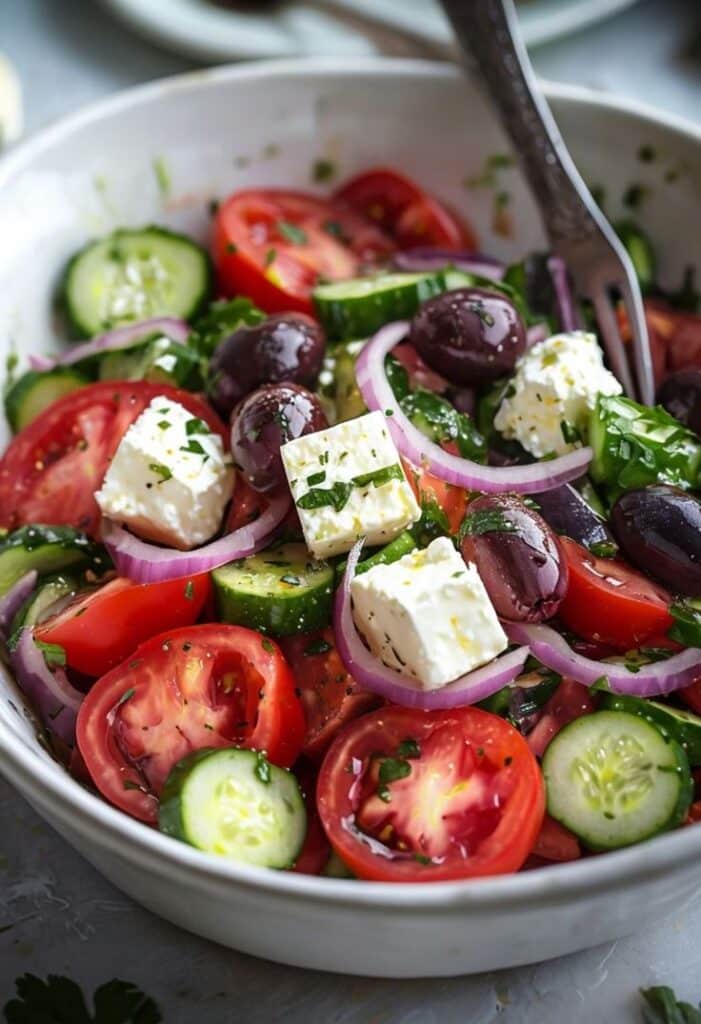
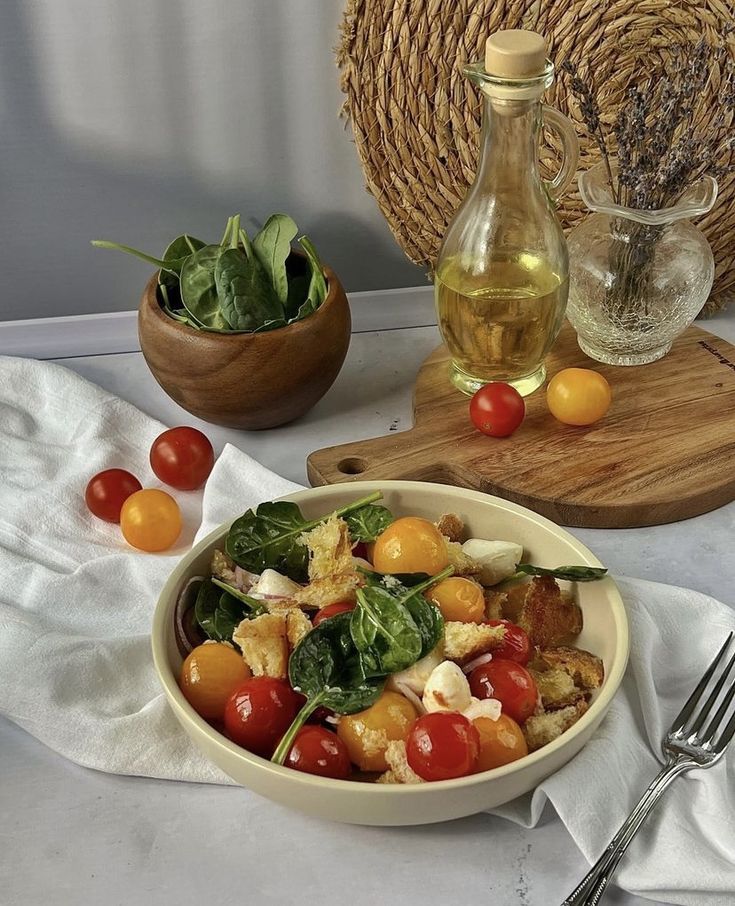
No-cook lunches rely on ready-to-eat ingredients that require little to no prep. Examples are salads with pre-washed greens, deli meats, cheese, and raw veggies like cucumbers or bell peppers.
A lettuce wrap with turkey, avocado, and mustard offers protein and healthy fats without bread. Another choice is a Greek salad with olives, feta, cucumbers, and cherry tomatoes, dressed with olive oil.
These options are quick, nutritious, and keep carbs low by skipping grains or starches. They are ideal for people who don’t have access to a kitchen at work.
Packable and Portable Meals

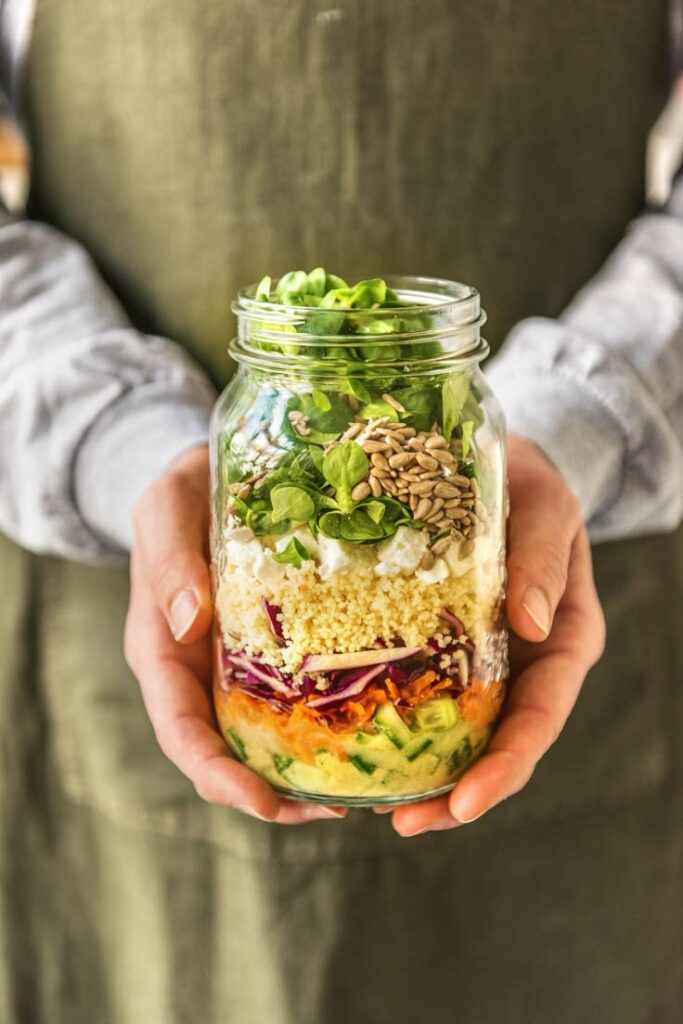
Meals that travel well should stay fresh and hold their shape. Mason jar salads layered with dressing on the bottom and crunchy veggies on top are one popular idea.
Hard-boiled eggs, grilled chicken strips, and carrot sticks also travel easily. Using containers with compartments can keep foods separate and prevent sogginess.
Focus on protein, fiber, and low-carb vegetables for balance. Options like tuna salad, egg salad, and chicken with a side of olives or nuts are perfect for staying full during busy days.
Office-Friendly Recipes
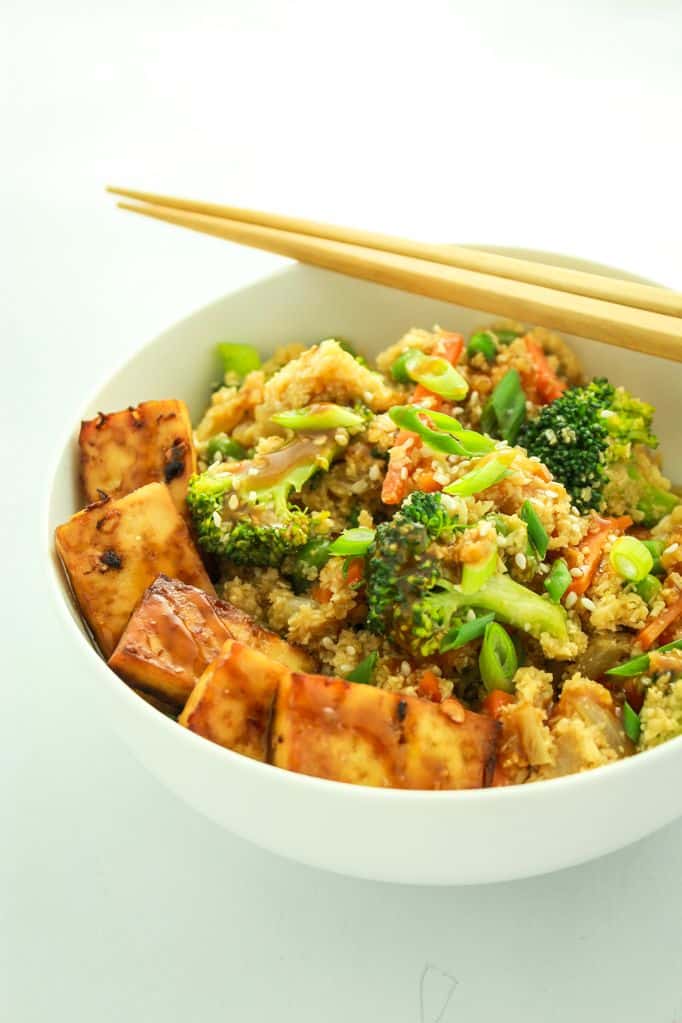
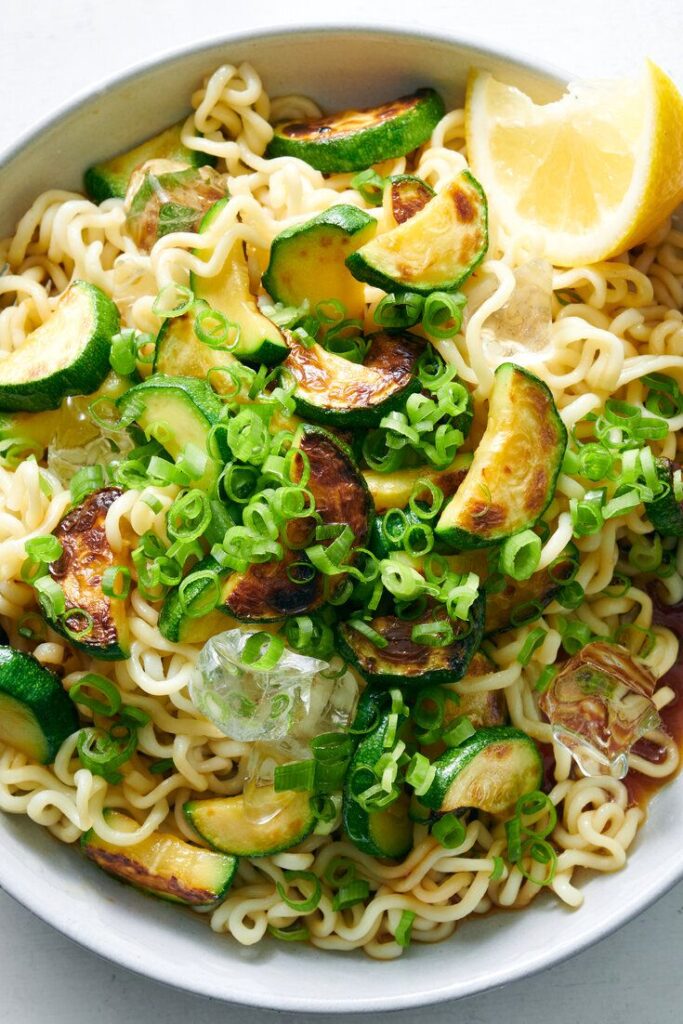
Office-friendly recipes need to be simple to reheat or eat cold. One example is a cauliflower rice stir-fry with pre-cooked chicken and mixed veggies, which heats up quickly in a microwave.
Another option is a cold zucchini noodle salad, tossed with pesto and shredded cheese for flavor. Soups like broccoli cheddar can be prepared in advance and warmed at work.
These recipes fit well into tight lunch breaks and keep carbs low without sacrificing taste or variety.
Creative Low Carb Sandwich Alternatives
Low carb sandwiches can still be tasty and fun without regular bread. Using fresh vegetables, eggs, or stuffed options can keep lunch interesting and satisfying. These ideas help cut carbs while offering good flavor and texture.
Vegetable-Based Breads

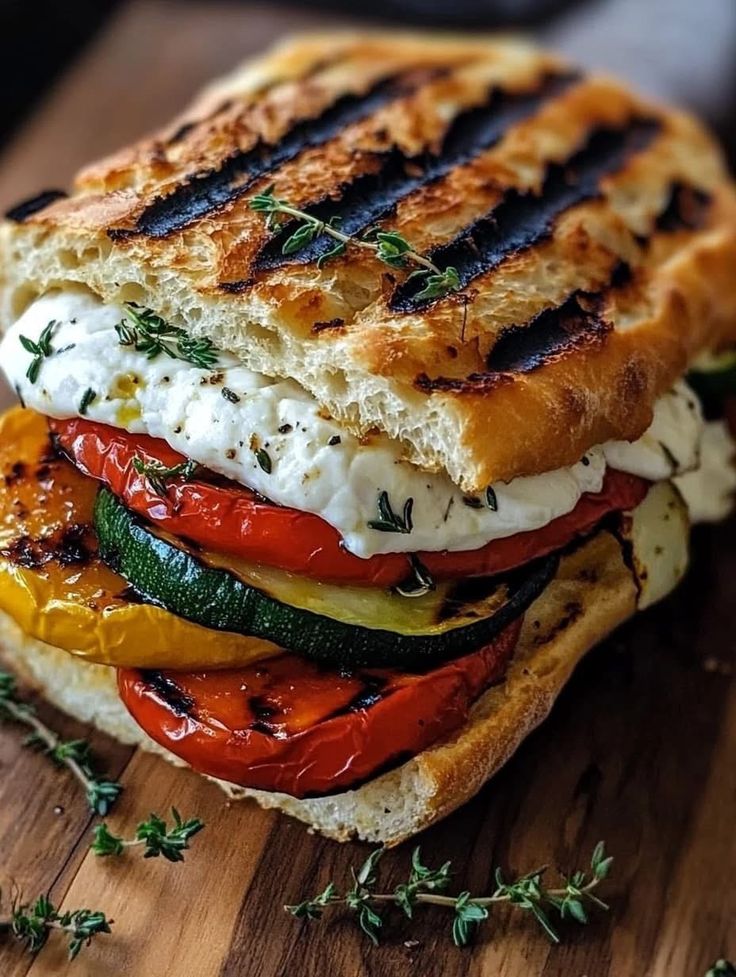
Vegetable slices can replace bread for a crunchy, low carb sandwich base. Thick slices of eggplant, zucchini, or large portobello mushrooms work well. They add moisture and bulk without many carbs.
For example, grilled eggplant slices hold up nicely around meats and cheeses. Zucchini adds a mild taste that pairs well with hearty fillings. Mushroom caps offer a savory, meaty alternative that stays together well.
These vegetables can be fresh or cooked, depending on texture preference. They also provide extra nutrients like fiber, vitamins, and minerals along with reducing carbs.
Egg and Cheese Wraps
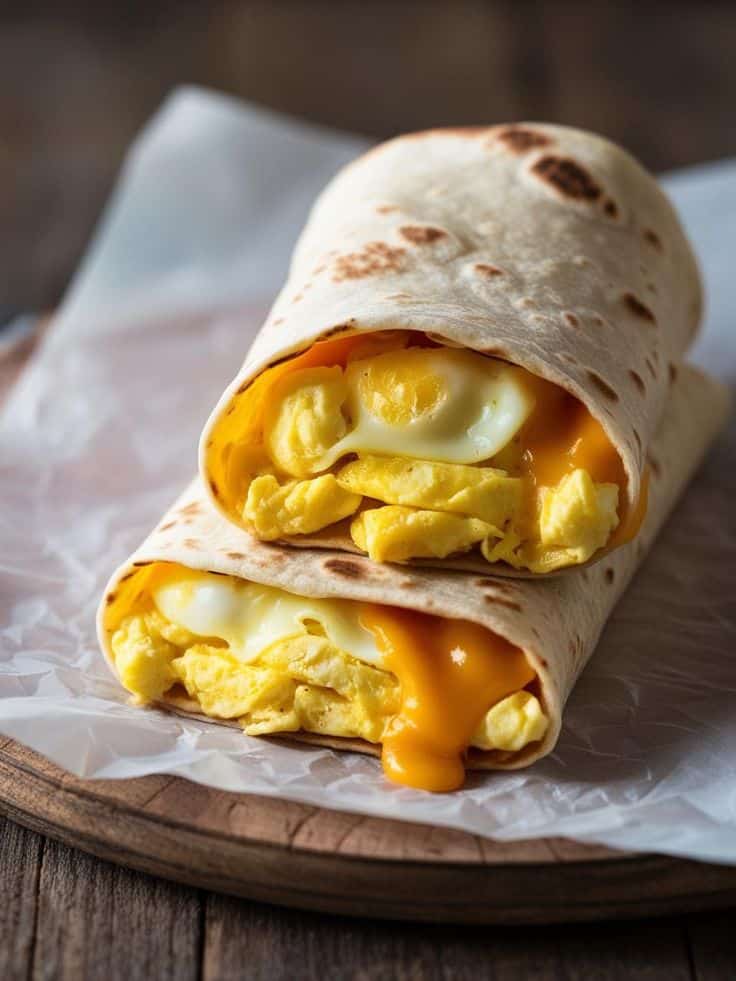
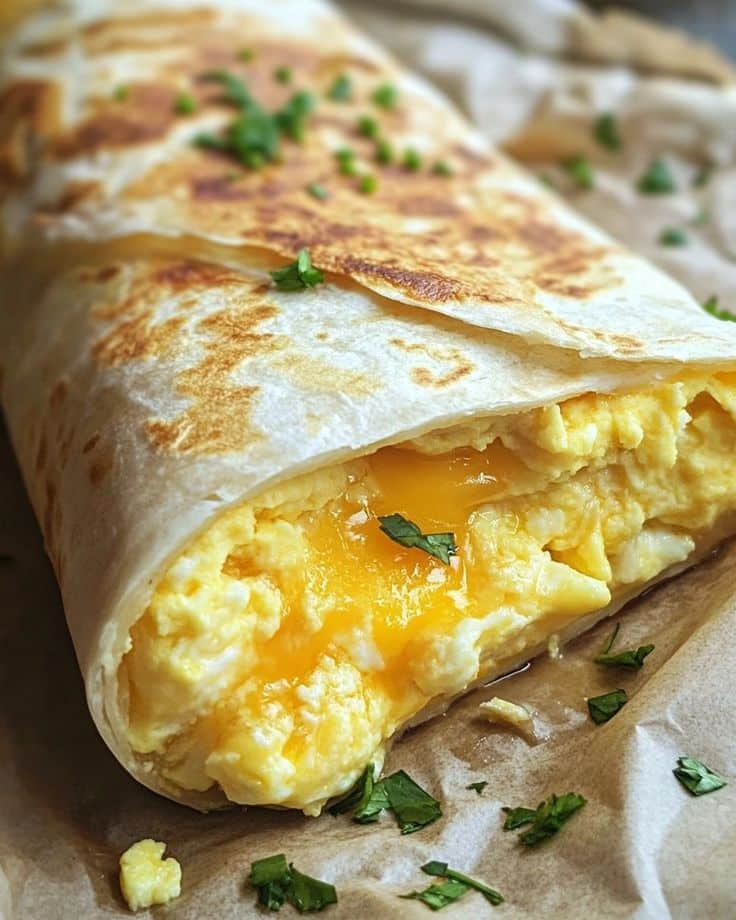
Egg and cheese wraps are a simple way to create a low carb sandwich shell. Thin omelets or scrambled eggs cooked until firm can be rolled around fillings. Cheese provides structure and flavor.
Using different cheeses like cheddar, mozzarella, or cream cheese changes the texture and taste. The wraps stay soft and pliable, making them easy to fill with meat, veggies, or spreads.
These wraps are quick to make and high in protein. They also add healthy fats, which help keep you full longer during the day.
Stuffed Vegetables
Stuffed vegetables make hearty and low carb lunch options. Large peppers, tomatoes, or even avocados can be filled with a mix of proteins, cheeses, and low carb vegetables.
For example, bell peppers can be filled with ground turkey, spinach, and cheese, then baked. Tomatoes stuffed with tuna salad offer a fresh and satisfying twist.
Stuffing vegetables adds volume and flavor, creating a balanced meal without using bread. It’s also an easy way to increase vegetable intake while controlling carbs.
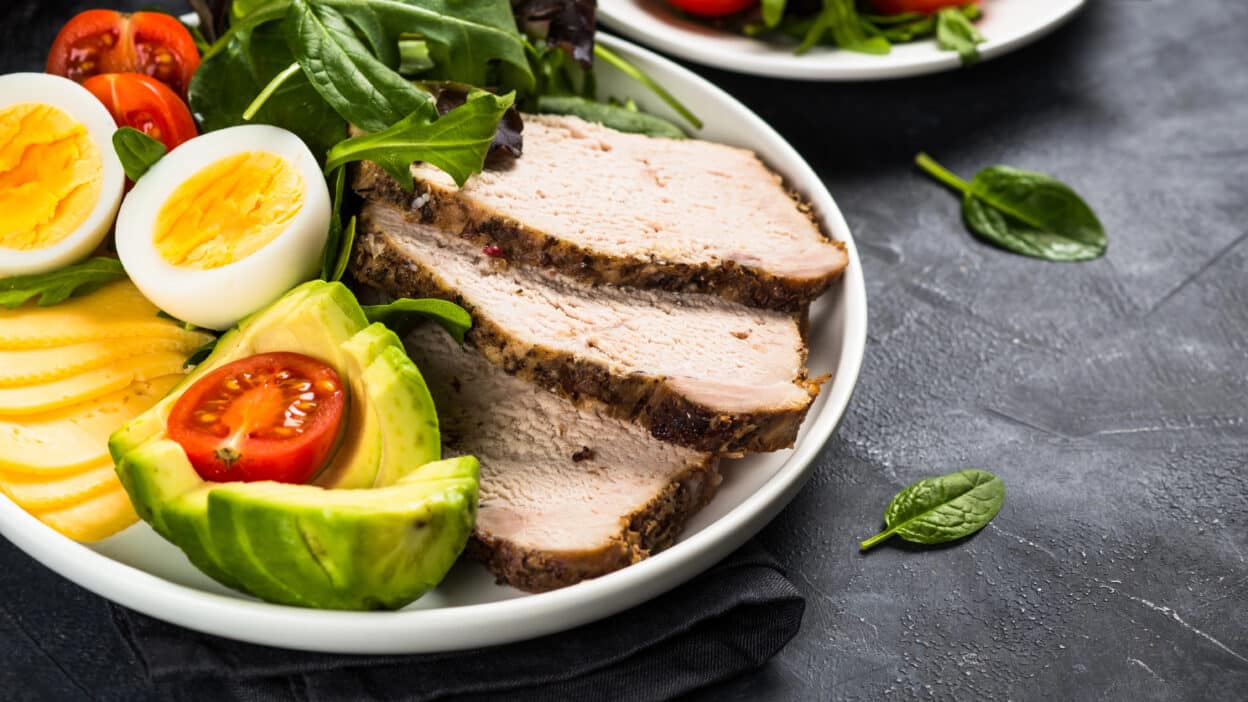




Good meals to get a six pack 🤭🤭😍